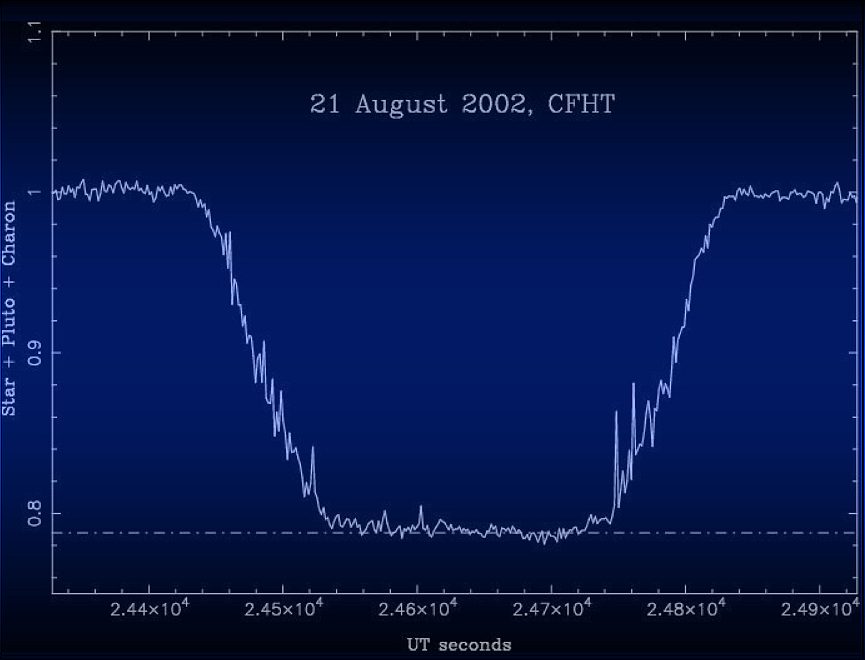 |
Pluto 14 February 2010 occultation
(night of 13/14 Feb.)
On 14 February 2010 near ~ 04:48 UT (i.e. the MORNING of Sunday, 14 February 2010),
Pluto will occult a star with coordinates (J2000):
The corresponding apparent coordinates of the star are:
The prediction shown below assumes that Pluto's position has an offset of:
This offset is calculated from a linear extrapolation of Pluto's offset observed during stellar occultations
since 2005 (Assafin et al., Astron. Astrophys., 2010, submitted)
Complementary information is posted on the IOTA/European Section link (maintained by Wolfgang Beisker):
click here
ra= 18h 19m 14.3851 sec +/- 0.016 arcsec
de= -18d 16' 42.313" +/- 0.034 arcsec
(measurement from Rio de Janeiro group, Assafin et al., as of November 10, 2009)
ra= 18h 19m 50.26 sec
de= -18d 16' 29.6"
Δα cos(δ) = -78 mas
Δδ = +158 mas, with respect to the DE413 ephemeris
equivalent to:
Δα cos(δ) = 0 mas
Δδ = +124.7 mas, with respect to the DE418 ephemeris
A wiki page maintained by Leslie Young (SWrI Boulder) is also dedicated to that event:
click here
Obtain light curves of the event from various sites, showing the gradual fading and reappearance of the star as it goes behind Pluto's atmosphere. The observed light curve will not be smooth as shown above, which is an example of a Pluto occultation observed at the 3.6m telescope of the Canada:France-Hawaii (CFHT) in 2002 August 21:
 |
Small temperature variations in the atmosphere can cause "spikes" in the light curves, see plot above. This is an important goal of this observation: it will be interesting to map those spikes by comparing them from site to site. Correlations between nearby light curves could help understanding the structure of these features, possibly caused by internal gravity waves, themselves driven by ice sublimation diurnally forced by the Sun. In the case of the 14 February 2010 event, the maximum total duration of the occultation will be 2 mn.
 |
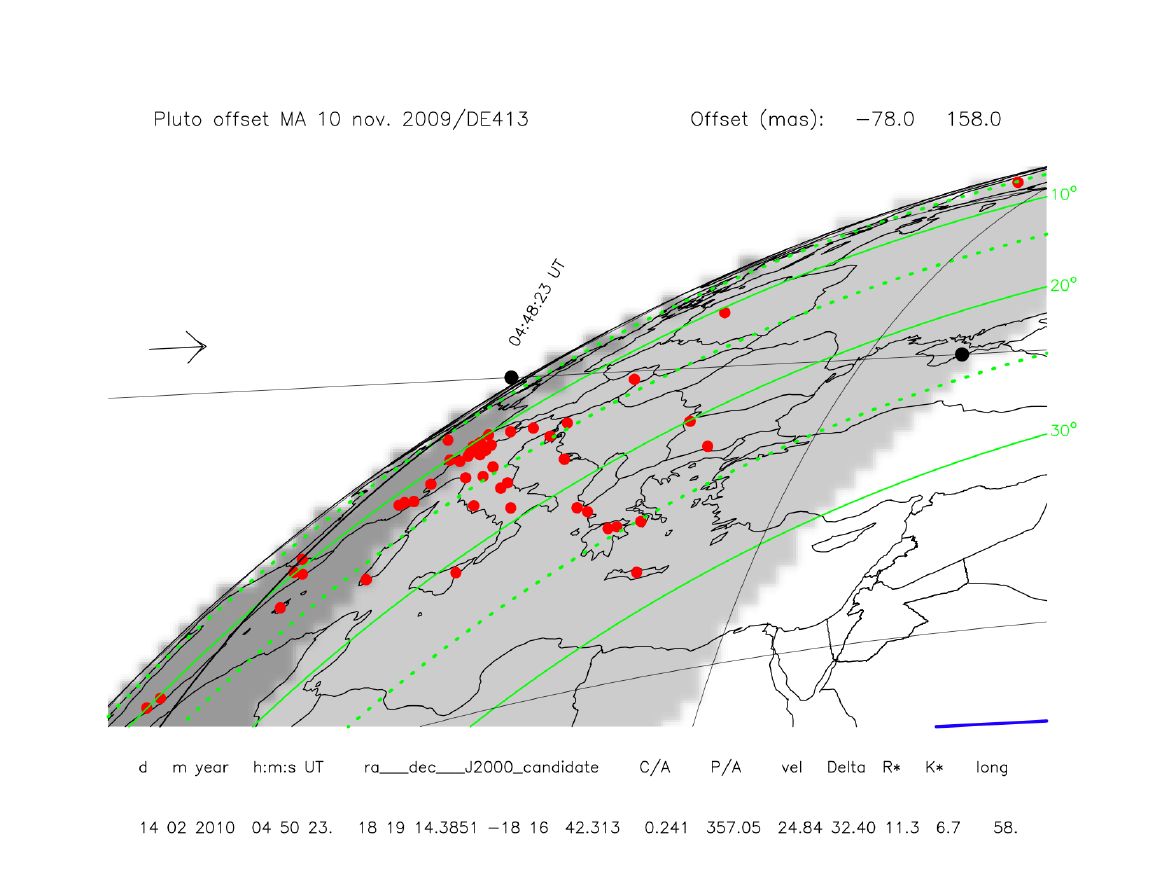 |
Maps showing Pluto's shadow on Earth. The shadow moves from left to right, see arrow.
White regions on Earth are in day time, darker and darker regions are in twilight, the darkest regions being in night time. NB. The Sun at the sites in Crete and Bulgaria will be at ~5 deg below horizon.
Dots on the shadow centerline are plotted every mn. The larger dot is for geocentric closest approach, namely 04:50:23 UT (NB. February UT, i.e. **morning** of February 14). The two **solid** blue lines show the northern and southern limits where the stellar will be dimmed by a factor of two ("half-light level") with respect to its unocculted value, due to differential refraction by Pluto's atmosphere. The two **dotted** blue lines are where the stellar will drop by only 1%. Outside those dotted lines, no occultation can practically be detected. Red dots mark potential observing sites. Green solid circles mark isoelevation loci (10, 20, 30 deg). Green dotted circles mark intermediate isoelevation loci (5, 15, 25 deg).
Maximum duration of the event is ~2 mn.
NB. error in **timing** is formally to +/- 15 sec, but +/- 2 mn is more realistic.
Error in shadow path should be +/- 800 km in N-S direction, i.e. the shadow may move by +/- one third of
its own total width
The longitude-latitude map on the left, below, gives the iso-elevation lines for the Sun (limits of gray zones), the iso-elevation lines for Pluto (in green), the path of center line and half-light line (blue solid lines), and the 1% drop stellar line (in blue dotted), marking the practical limit of detection of the occultation. Right panel: enlargement of left panel.
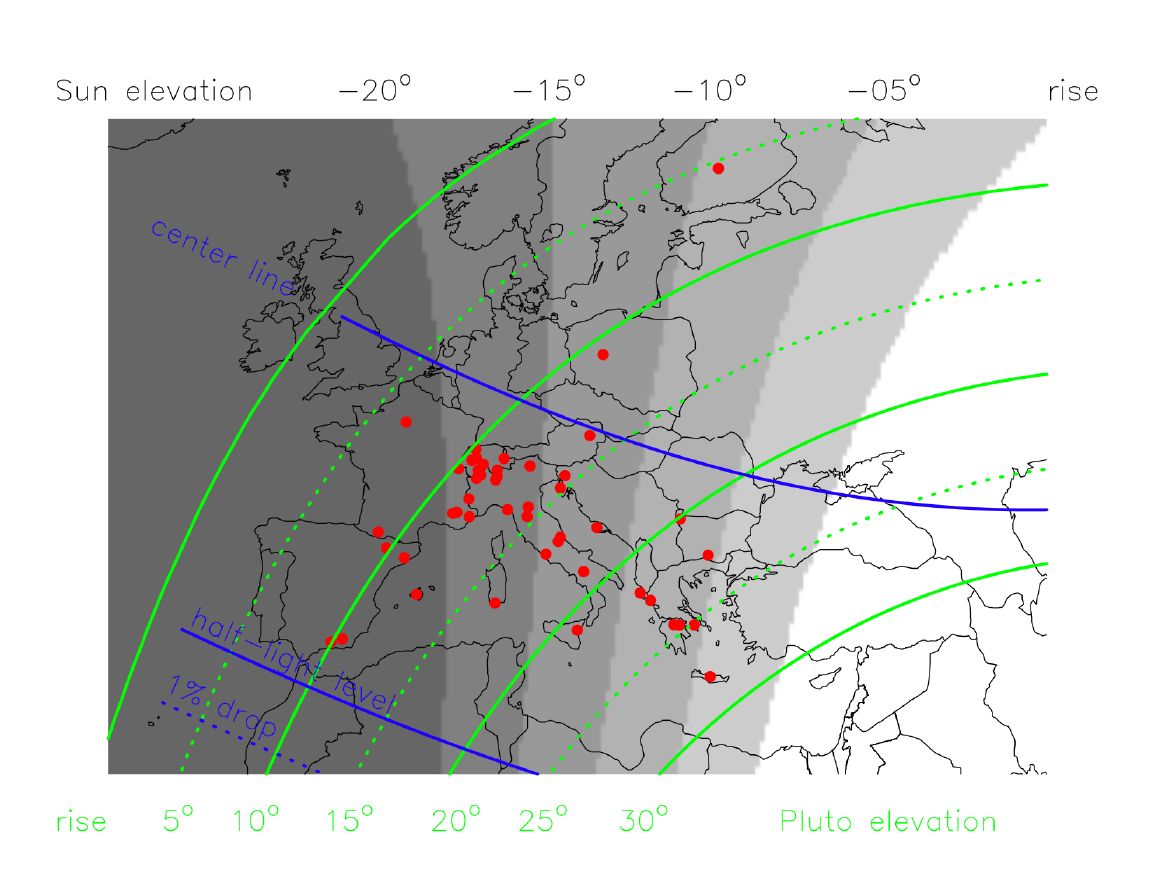 |
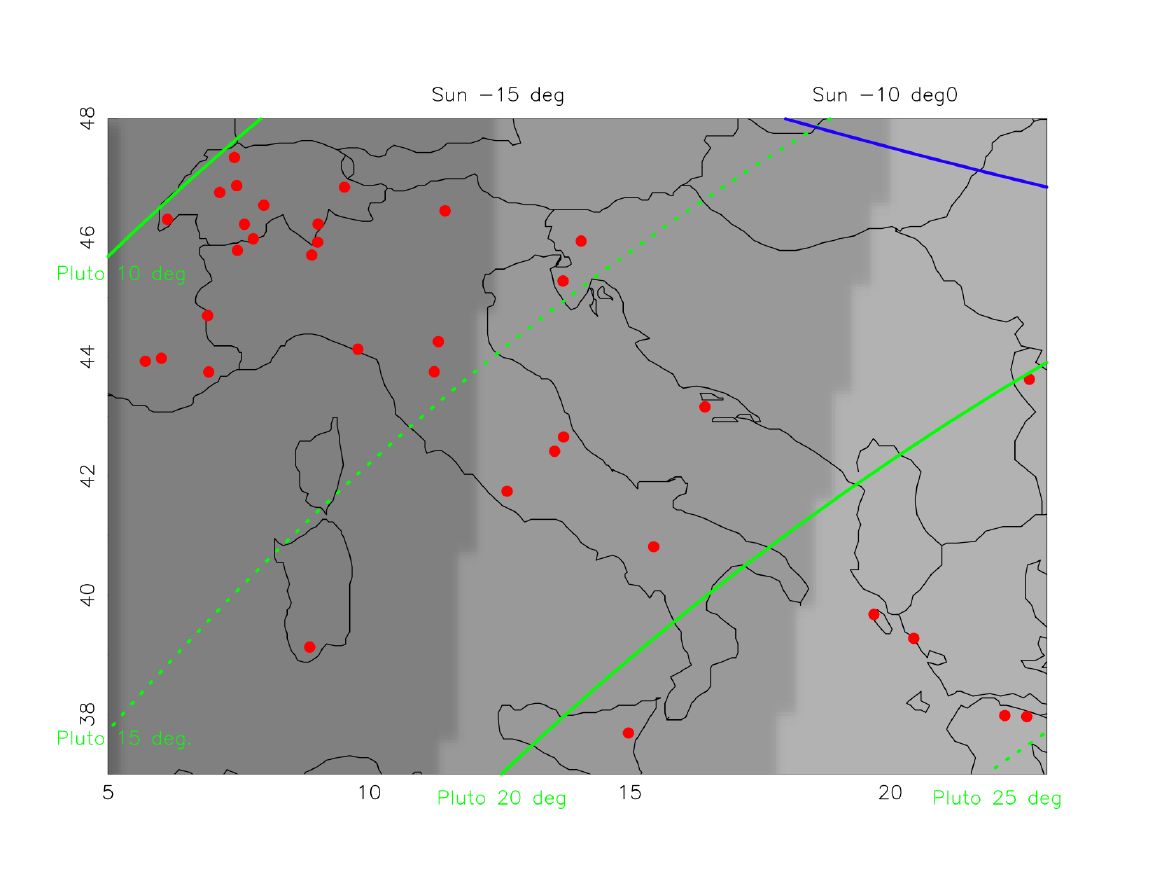 |
The star is VERY RED, see
Vizier service,
and VERY BRIGHT, yielding excellent contrasts [contrast= stellar drop/(unocculted signal star + Pluto)]:
| V | R | I | K | |
| star | 11.0 | 10.3 | 9.3 | 6.5 |
| Pluto | 14.5 | 13.9 | 13.6 | 13.4 |
| contrast | 96% | 96% | 98% | 99.8% |
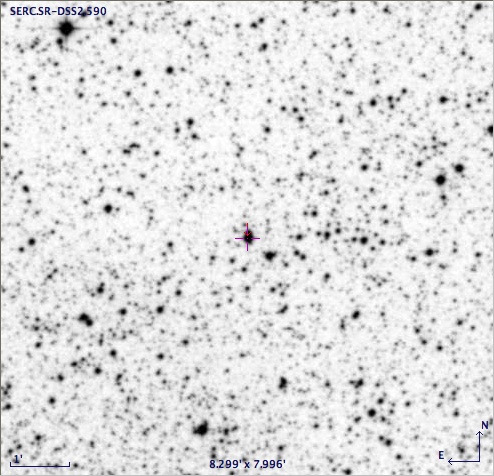 |
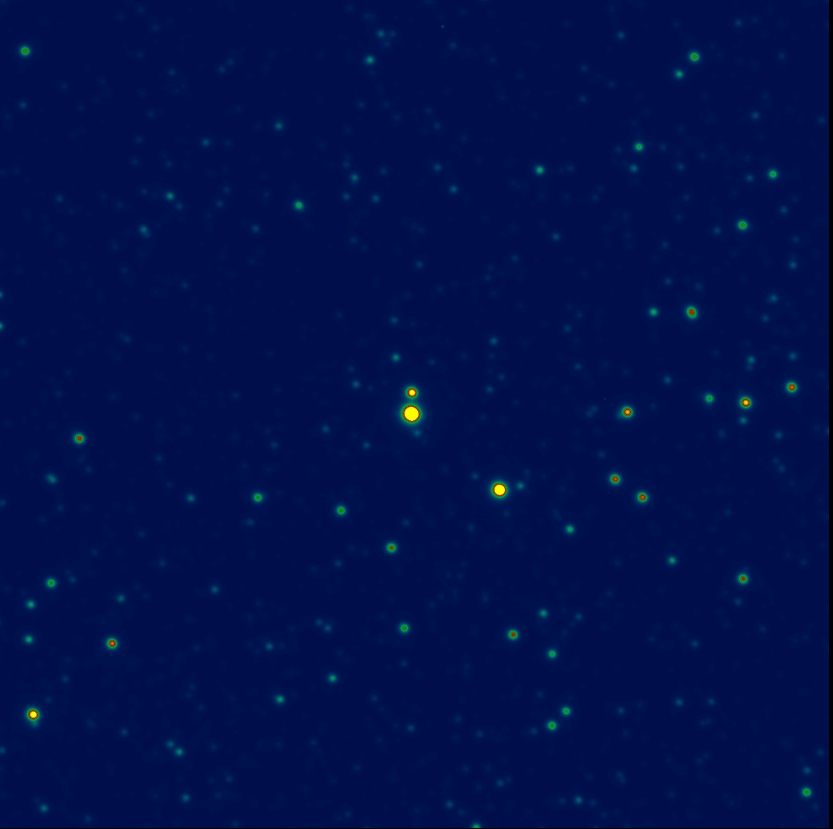 |
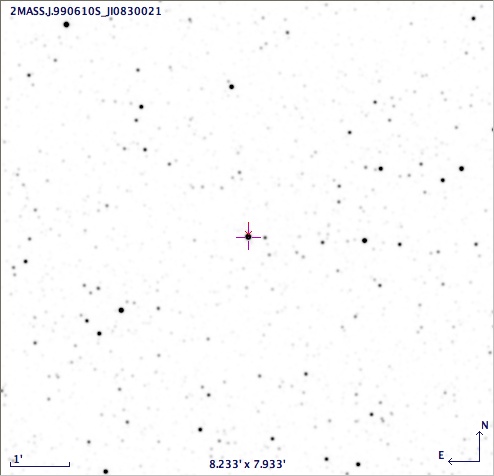 |
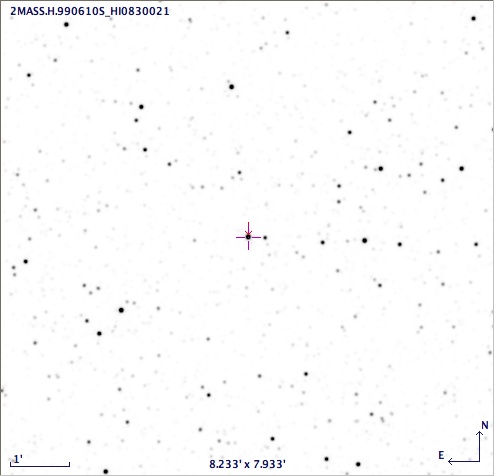 |
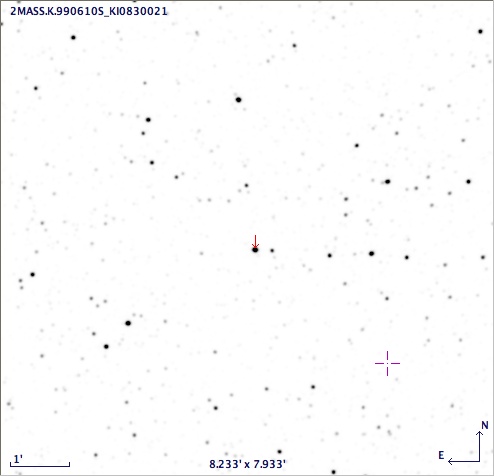 |
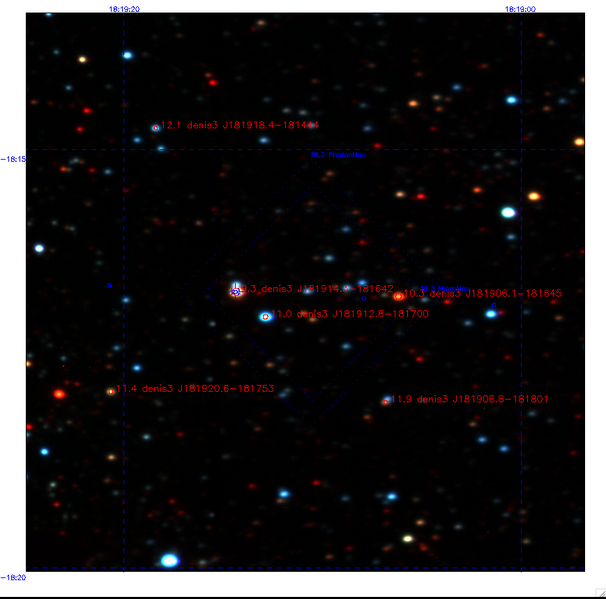 |
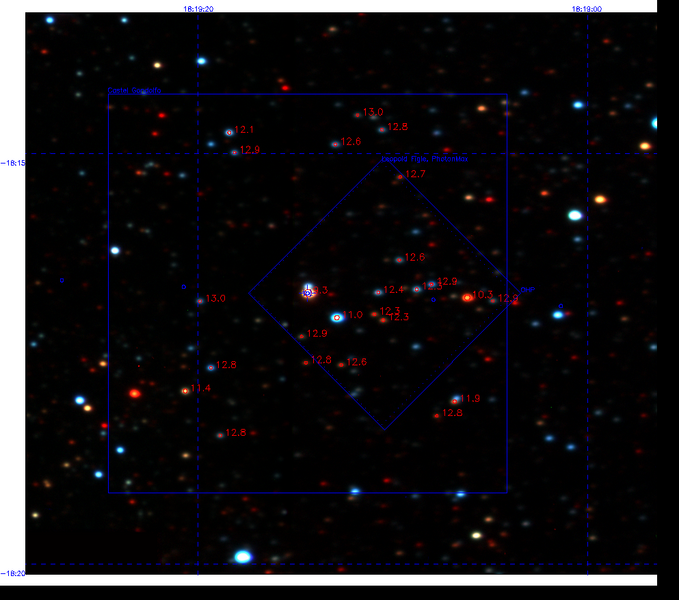 |
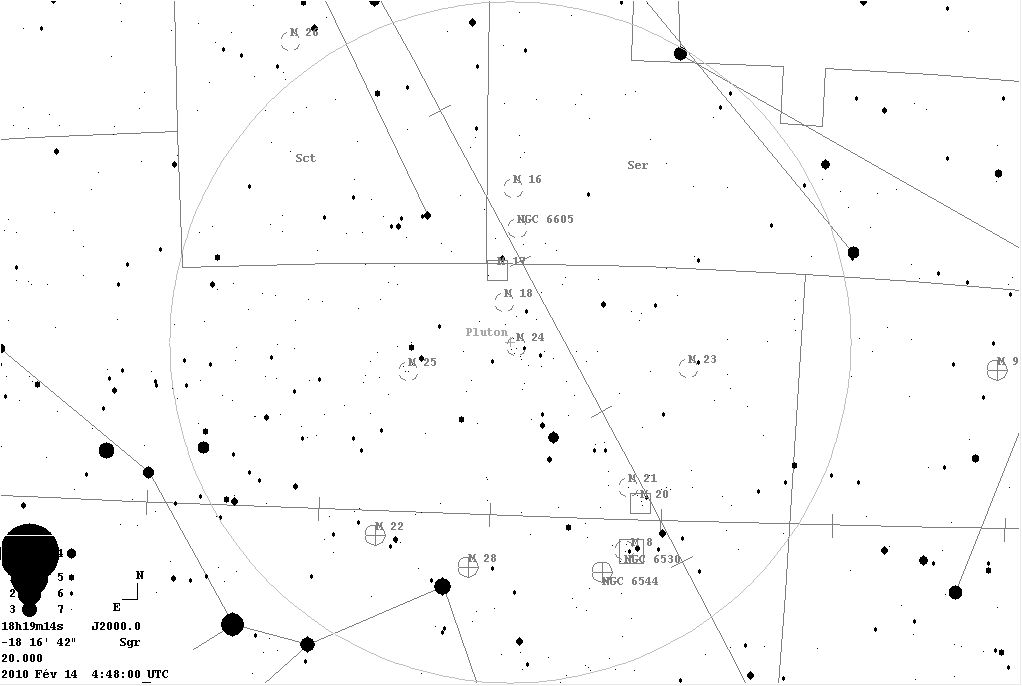 |
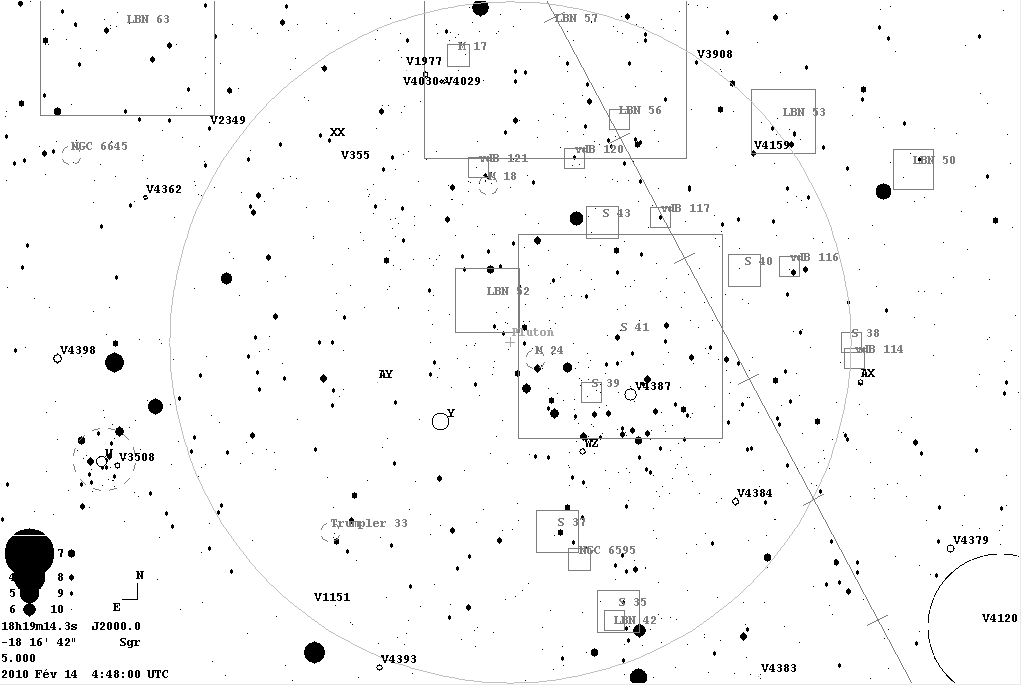 |
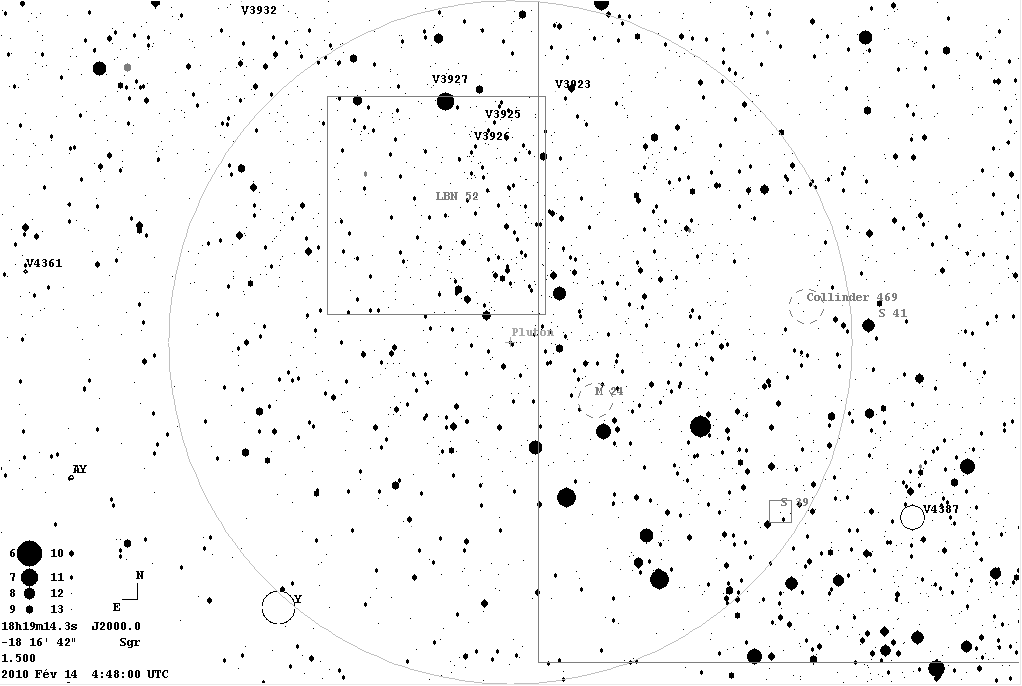 |
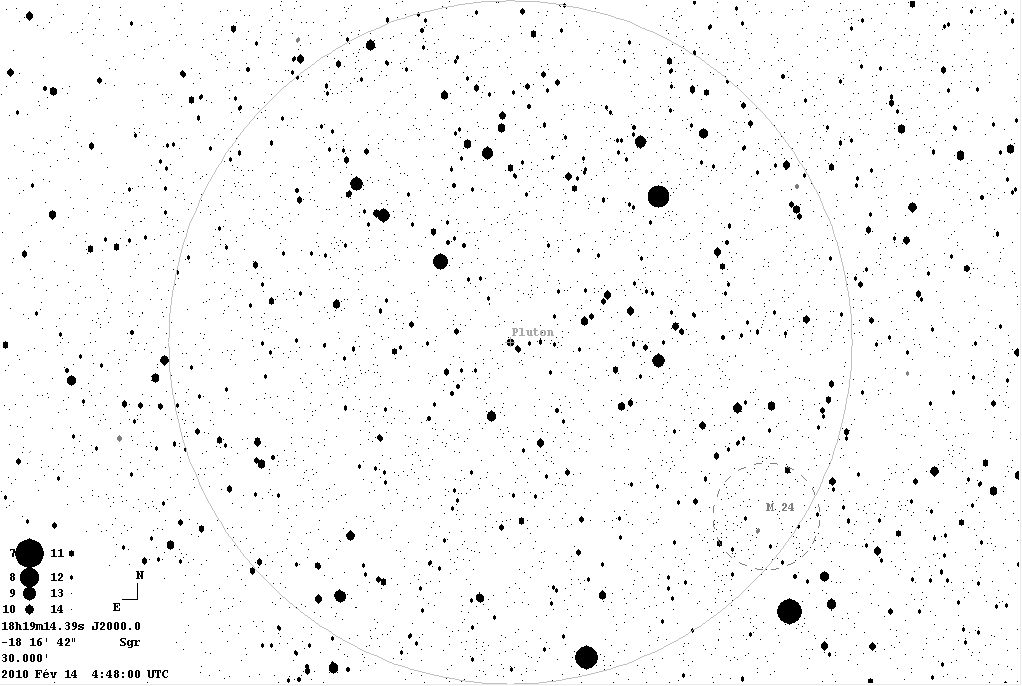 |
 |
- the event goes at about 24.8 km/sec, so the occultation can last for up to 2 mn, if central.
Even data taken at cycle times of 1 to 5 sec or more can be useful.
Try to minimize the dead time between frames, compared to the exposure time of each frame.
For instance, there is not much advantage having an exposure time of 0.5 sec if the read/write time of the image is
6 sec, as most of the photons will be lost. It is better than to have an exposure time of 6 sec, to get at least 50% of
the photons.
- be very careful in getting a GOOD ABSOLUTE TIMING of each of your image. This is of great importance when reconstructing
the geometry of the event using various stations.
- if the occultation is central, an increase of light (the so-called "CENTRAL FLASH") may be visible at mid-occultation for several seconds.
Such flash is most useful to constrain the amount of dust possibly present in the deepest Pluto atmospheric layers.
If observed from various sites, it is also very useful to measure the speed of winds in Pluto's lower atmosphere.
- the star is the brightest occulted since many years, and it is very red.
TESTS SHOULD BE PERFORMED BEFOREHAND to optimize SNR according to your
instrument and receptor.
Remember that filters can help increase the contrast, but they reduce the photon flux.
So, compromises should be attained, that WILL DEPEND ON TELESCOPE SIZE.
- IT IS EXTREMELY IMPORTANT, for further analysis, to be able to take away Pluto's flux from the
light curve, which will consist in the SUM of the star and Pluto fluxes.
For instance, if the occultation is grazing, then the star will not disappear entirely behind Pluto.
Thus, the real depth of occultation can be determined only if Pluto's contribution is properly subtracted
to the flux. The real depth of occultation is then important to constrain both Pluto's atmospheric pressure
and the reconstruction of the occultation geometry.
This means carefully calibrating Pluto's flux vs. the stellar flux before or after the event,
when they are well separated. The problem is that the star being VERY RED, and Pluto more neutral,
the ratio star/Pluto WILL CHANGE WITH AIRMASS. So, such calibration may result useless.
Also, measuring Pluton on a different night for comparison is not advised, as the
planet brightness varies by up to +/- 15% during its 6.4 rotational period.
- A solution is then to take another star in the FoV (or **better**, several other stars) as reference(s),
and measure their relative fluxes, together with the occulted star, on other night(s) AT THE SAME AIRMASS as for the occultation,
with the SAME FILTER, DETECTOR, TELESCOPE, etc..., thus allowing us to retrieve Pluto's contribution to the
occultation light curve.
Note also that using MORE THAN ONE reference star has the advantage to be able to measure those reference stars
with respect to each other, thus giving the opportunity to check the overall consistency of the calibration. For instance, if
the ratio of two (or more) reference stars is not the same during the occultation and during the calibraton night(s), then it means
that conditions varied and chromatic effects are not the same anymore, or that the stars are variables, etc...
Be careful also that some detectors (e.g. video, or Watec cameras when the "gamma" is no set to unity) are NOT LINEAR, so that
calibration is meaningless in those case, unless non-linearity is accounted for. Again, do not forget to set "GAMMA=1" (or "NO GAMMA")
on some cameras.
- Note that the calibration NEEDS NOT BE DONE WITH THE SAME INTEGRATION TIME as for the occultation. Taking longer integration time will improve
the SNR of the calibration and reduce the amount of data. This assumes, however, that the receptor is linear, i.e. that a longer integration
time will respect the various flux ratios measured in the FOV.
- Finally, do not forget to take DARKS and FLATS.
For contacts, more information and/or comments, you can contact me email at:
bruno.sicardy@obspm.fr